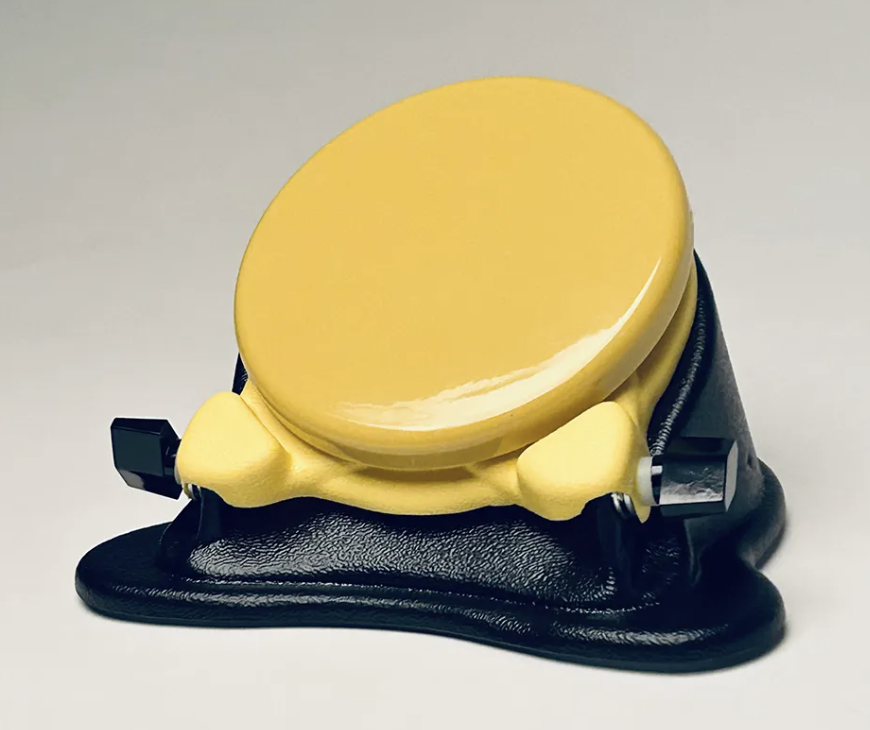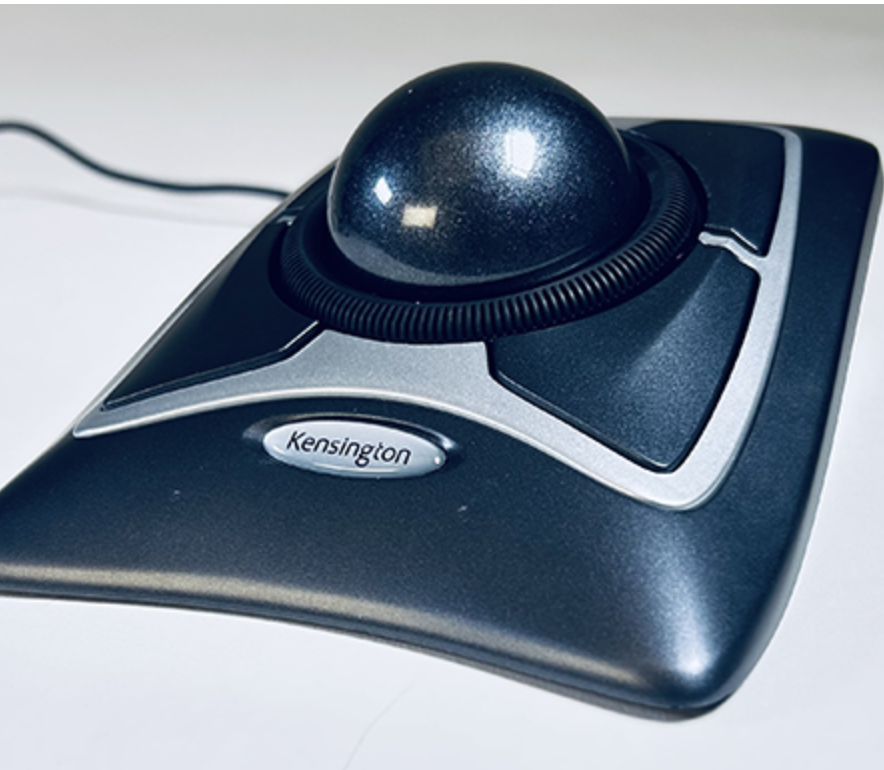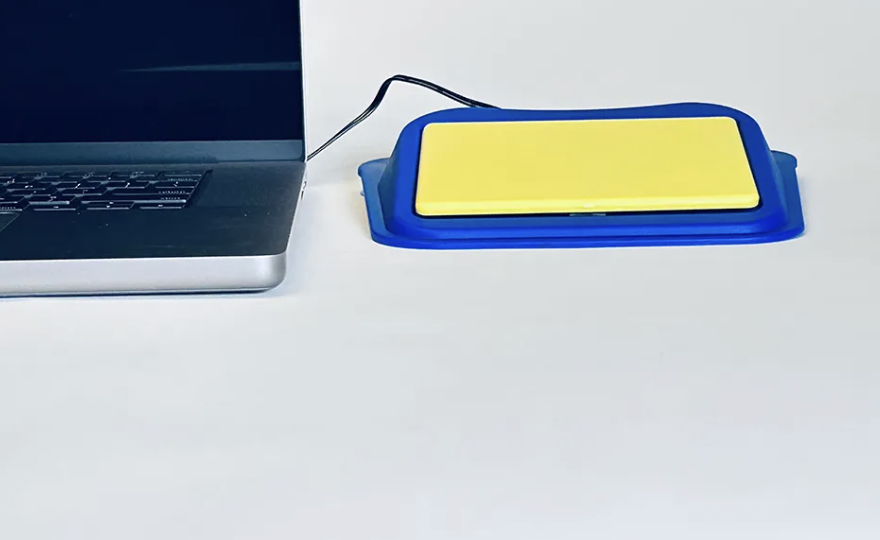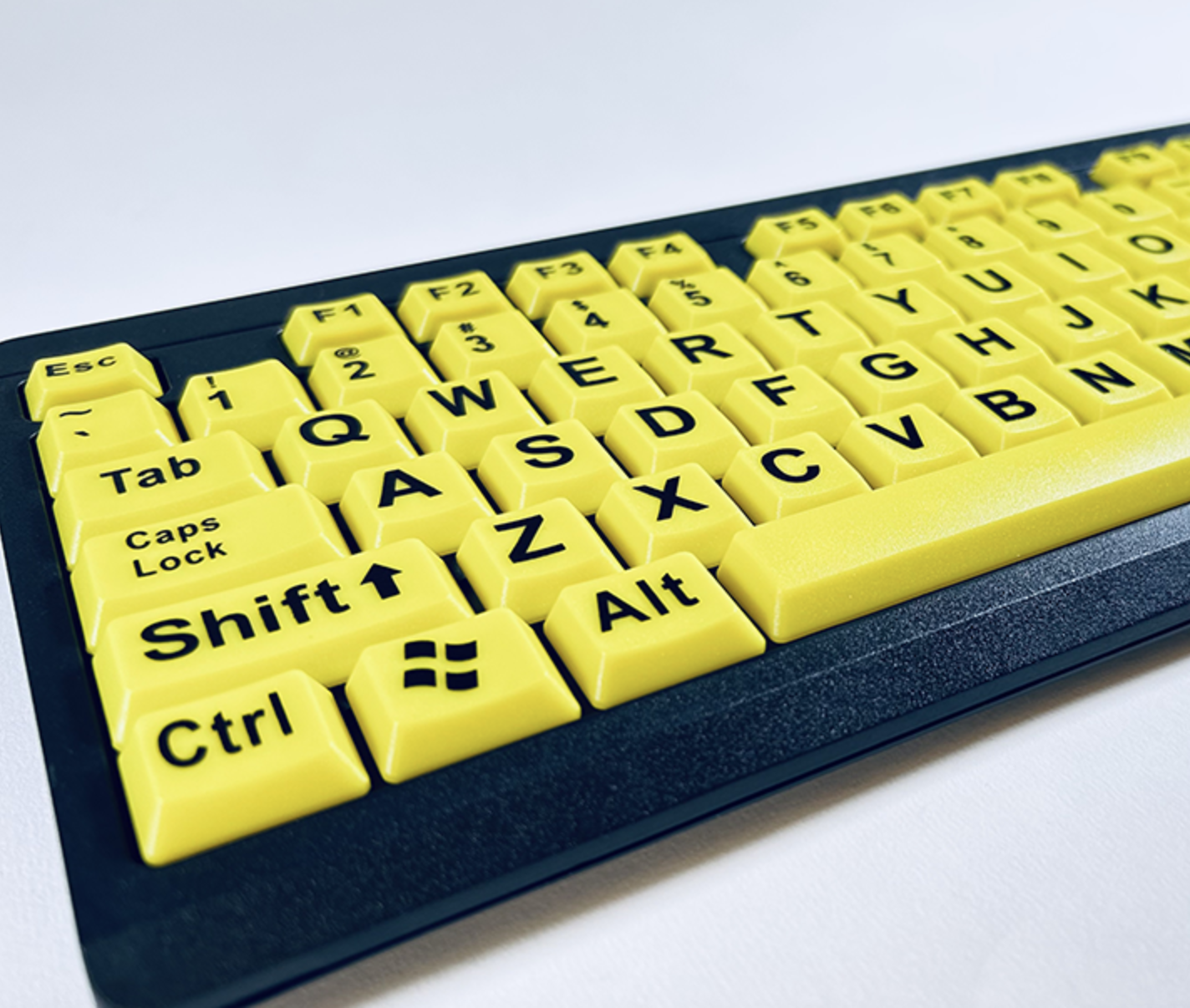Assistive Technology

About Assistive Technology
Assistive technology refers to devices, tools, software, and equipment designed to assist individuals with disabilities in performing tasks that may be challenging or impossible for them otherwise. These technologies aim to bridge the gap between an individual’s abilities and the demands of their environment, enhancing their independence, productivity, and quality of life. Examples of assistive technology include screen readers for individuals with visual impairments, alternative input devices such as mouth sticks or eye-tracking systems for those with motor impairments, and speech recognition software for individuals with dexterity limitations. Assistive technology plays a crucial role in promoting accessibility and inclusivity, empowering individuals with disabilities to participate fully in educational, professional, and social activities.
Why Assistive Tech?
Assistive technology encompasses a diverse array of tools and solutions designed to mitigate barriers encountered by individuals with disabilities when accessing digital content. From screen readers that convert text to speech for users with visual impairments to alternative input devices like switches and keyboards for those with motor impairments, these technologies facilitate interaction with digital interfaces. Additionally, magnification software assists users with low vision by enlarging on-screen content, while speech recognition software enables hands-free navigation and input. By ensuring compatibility with assistive technologies, designers can enhance the accessibility of their digital products, fostering an inclusive digital environment for users of all abilities.
Assistive Technology Devices and Uses

Adjustable Angled Switch #1032
The Adjustable Angled Switch #1032 is a flexible assistive device for individuals with motor impairments. Position the switch within reach, adjust the angle for comfort, and connect it to the desired digital device. Users activate it by applying pressure with their preferred body part. This switch enhances accessibility, enabling users to interact with digital interfaces more easily and independently.

Wireless Vertical Mouse
The Wireless Vertical Mouse is an ergonomic solution tailored for individuals seeking comfort and precision in navigating digital interfaces. Simply connect the mouse to your device wirelessly and adjust it to fit your hand comfortably. Its vertical design promotes a natural wrist position, reducing strain during prolonged use. With its wireless functionality, users enjoy freedom of movement without the hassle of tangled cords. The Wireless Vertical Mouse enhances usability for users seeking a more comfortable and efficient computing experience.

3x5 Plate Switch #810 A9
The 3×5 Plate Switch #810 A9 is a compact yet powerful assistive device for individuals with motor impairments. Place it within easy reach, secure it to a stable surface, and activate it by applying pressure with your preferred body part. Its versatile design and durable construction make it suitable for various applications, enhancing accessibility and empowering users to interact with digital interfaces more easily.

Accessibility Keyboard
The Assistive Technology Keyboard is tailored for diverse user needs, offering customizable keys and ergonomic design. It promotes comfortable typing and reduces strain, ideal for those with mobility challenges. Features like large-print key labels enhance usability for individuals with visual impairments. With its versatility and accessibility features, this keyboard empowers users to navigate digital interfaces more easily, fostering inclusivity in computing environments.
Assistive Tech In design
Assistive technology, including devices like the Adjustable Angled Switch #1032, Wireless Vertical Mouse, and 3×5 Plate Switch #810 A9, plays a pivotal role in design work by ensuring accessibility for all users. These tools empower designers to create interfaces that cater to diverse needs and abilities, fostering inclusivity in digital design. By incorporating assistive technology into their workflow, designers can identify and address accessibility barriers early in the design process, resulting in more accessible and user-friendly products. Moreover, utilizing these devices enables designers to test and evaluate their designs from the perspective of users with disabilities, promoting a more empathetic and user-centered approach to design. Ultimately, integrating assistive technology into design work not only enhances accessibility but also contributes to more innovative and inclusive design solutions.
